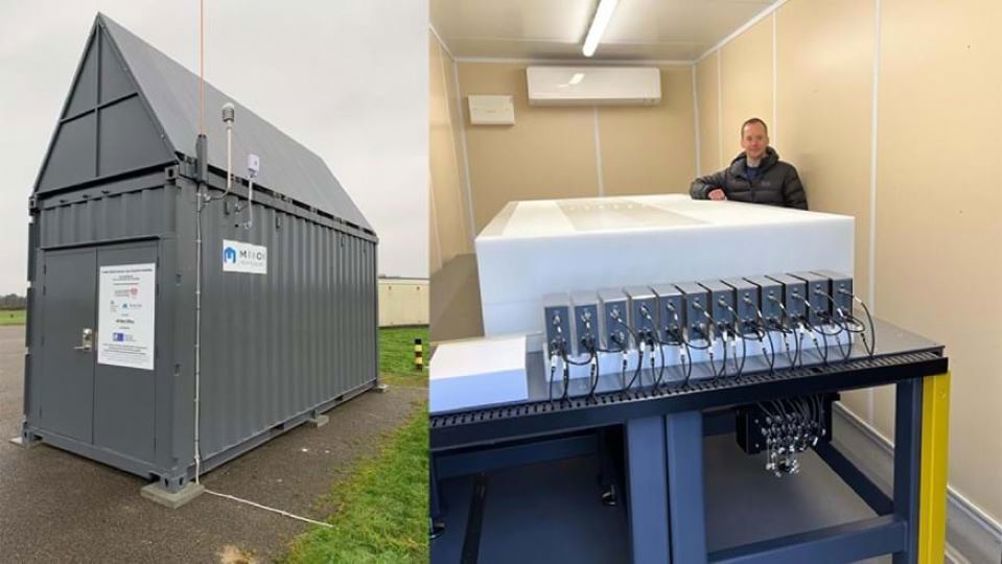Lancaster University developed and built the space weather monitor, which is the first in the UK for 40 years.
The ground-based neutron monitor is a new improved design created by Dr Michael Aspinall and a team from Lancaster’s School of Engineering, in collaboration with the UK Atomic Energy Authority (UKAEA) and Mirion Technologies (Canberra UK) Ltd. It was tested on the ChipIr beamline at STFC’s ISIS neutron and muon source.
The new monitor joins an international network of around 45 similar sensors that continually monitor changes in neutrons at the Earth’s surface to assess the influence of space weather. The project includes a smaller monitor that will be based at Lancaster University.
In a statement, principal investigator Michael Aspinall said: “This project marks a major milestone for the UK in advancing our space weather monitoring capabilities - something crucial for safeguarding modern infrastructure and daily life.
“Bringing this neutron monitor online in collaboration with the Met Office and other international partners adopting our design strengthens global resilience to space weather risks by providing real-time data and new measurement capabilities. With our new design for an instrument that has not fundamentally changed in six decades, we’re not just building on the past - we’re setting new standards for the future of neutron monitoring.

“The NM-2023 monitor introduces innovations that improve efficiency, sustainability, and affordability, all the while delivering the critical data needed to better understand and mitigate the impacts of space weather."
The monitor will be chiefly looking for spikes in neutrons (Ground Level Enhancements (GLE)), which occur during solar radiation storms that are caused by the acceleration of particles close to the Sun. The new monitoring capability will enable alerts to be issued and validate existing forecasting methods of solar radiation storms, which can disable satellites and cause nationwide power outages on Earth.
Met Office Space Weather manager Simon Machin said: “While severe space weather events are rare, this increased capability and resilience will help scientists and industries to manage risks and mitigate impacts where possible.”
The most severe solar radiation storms have the potential to impact aviation, satellites, spacecraft and even some ground-based electronics and can arrive to Earth from the Sun in as little as ten minutes. Enhanced ground-based monitoring can help to understand and mitigate impacts.
The project was funded by the UK Science and Technologies Facilities Council under the Space Weather Instrumentation, Measurement, Modelling and Risk (SWIMMR) programme.
Related content











Emergency law passed to protect UK steelmaking
<b>(:-))</b> Gareth Stace as director general of trade body UK Steel, is obviously an expert on blast furnace technology & operation. Gareth...